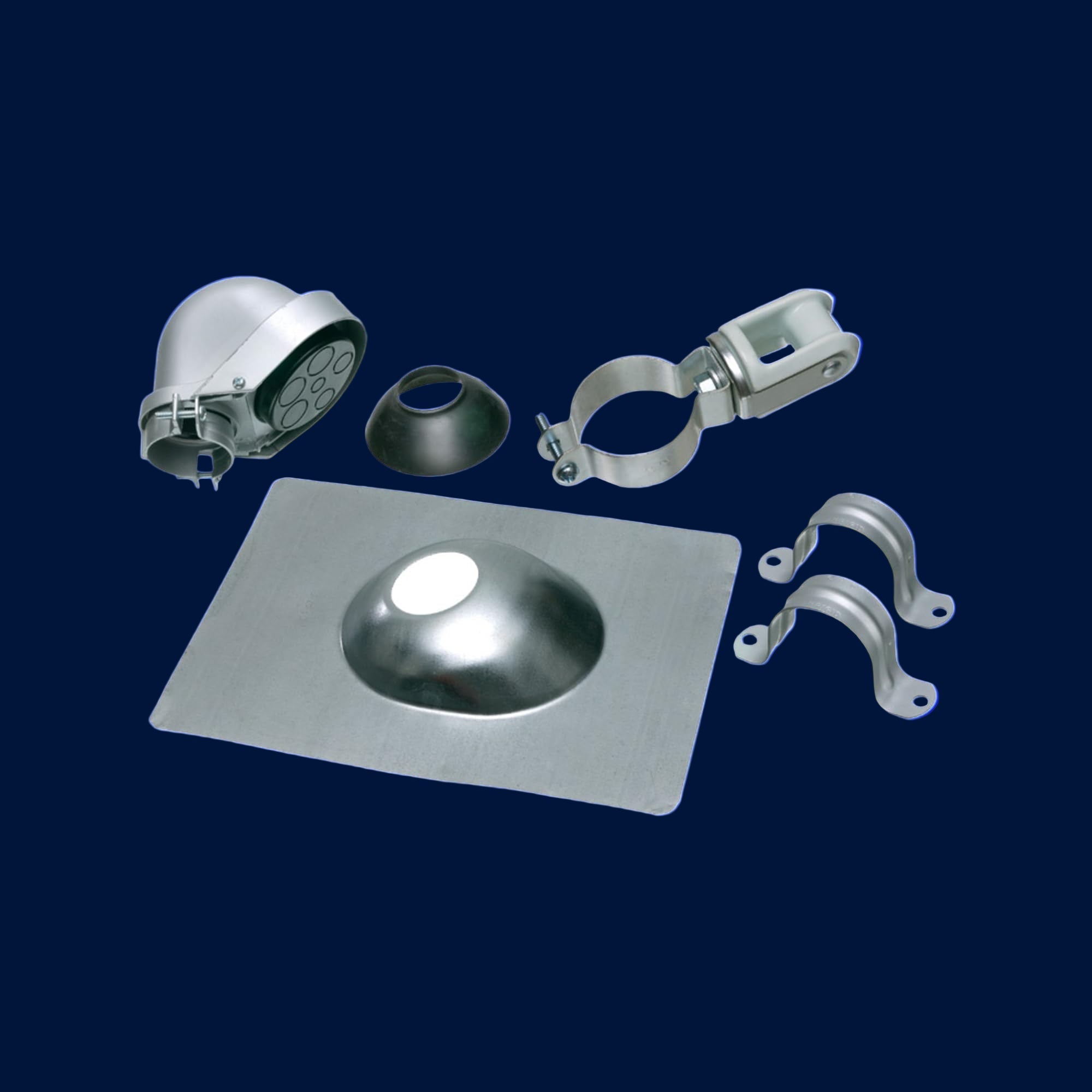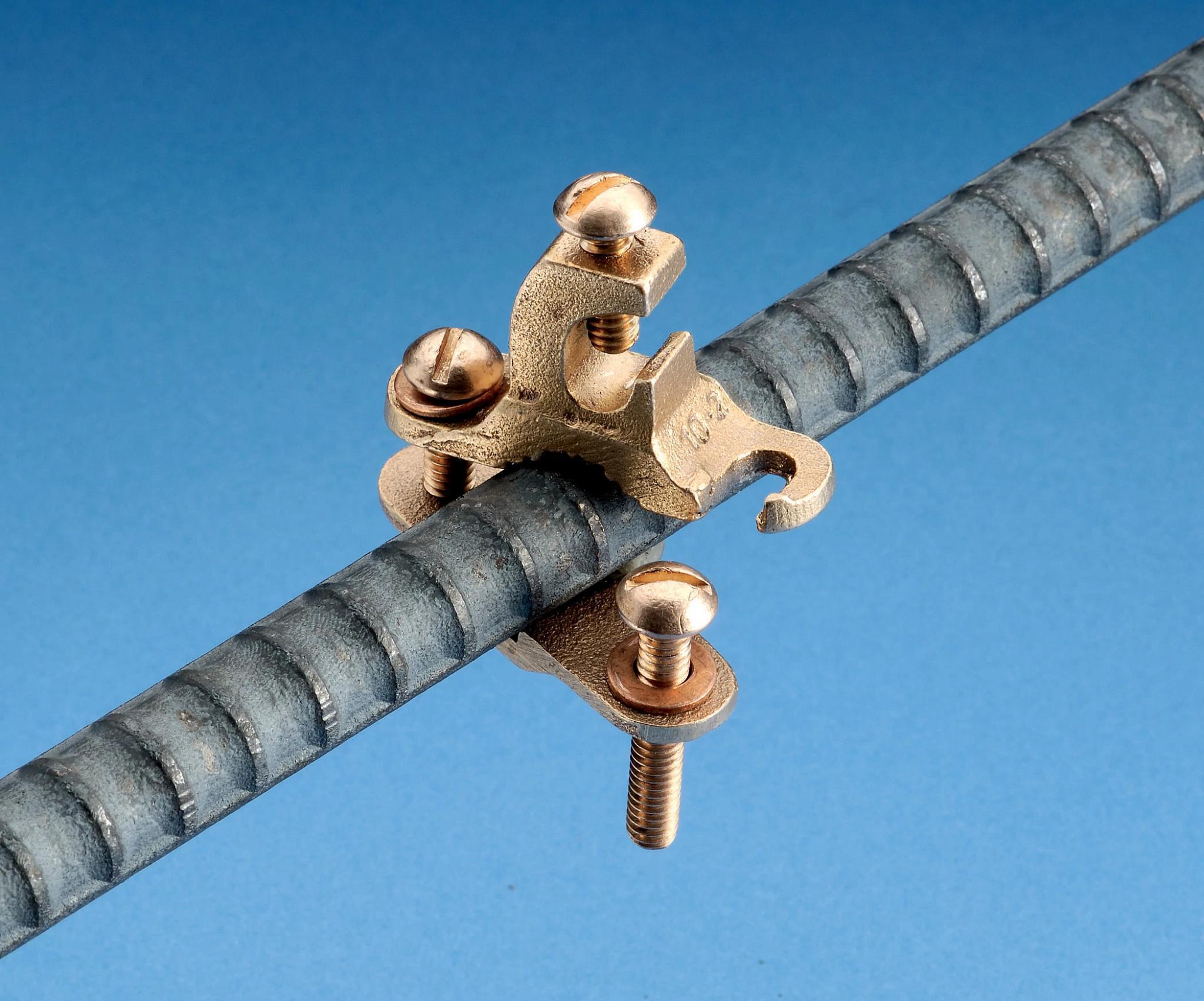The advancement in lighting technology has prominently featured LED lighting as a superior choice due to its efficiency and long life. Exactly how long can LED light bulbs last and what factors contribute to their longevity? This article explores LED lighting lifespan, taking an in-depth look into the technology behind these lights, the factors that affect their durability, and how they compare to traditional lighting solutions.

Understanding LED Lifespan
The lifespan of an LED is significantly longer than that of traditional incandescent bulbs or fluorescent bulbs. On average, LED lights are rated to last anywhere from 25,000 to 50,000 hours, with some high-quality models even boasting up to 100,000 hours of light. This means that if you were to use an LED for 8 hours a day, it could last over 10 years.
In contrast, a typical incandescent bulb lasts about 1,000 hours and a comparable fluorescent can last up to 10,000 hours.
Technology Behind LED Longevity
To understand why LEDs have such an impressive lifespan, consider their design and operational principles. LEDs function by passing an electrical current through a semiconductor material, which emits light when electrons move within the material. This process is highly efficient and produces relatively low heat compared to the method used by incandescent bulbs, which pass current through a filament that gets hot and glows.
The primary factor in the longevity of an LED light is how well it manages heat. Excessive heat can degrade the semiconductor material that produces light.
Therefore, LED units are designed with heat sinks that absorb and dissipate heat away from the LED chip. The effectiveness of a heat sink greatly influences the lifespan of the LED, as the cooler the operating temperature, the longer the LED will last.
Factors Affecting LED Lifespan
Several factors can influence the lifespan of LED lighting:
⦁ Temperature and Environment: LEDs are sensitive to high temperatures and extreme environmental conditions. High temperatures can degrade the LED's performance and shorten its lifespan, while very low temperatures can affect its efficiency. Similarly, exposure to harsh environmental conditions such as high humidity, dust, or corrosive substances can affect LED lifespan. Using LEDs in appropriate environments and ensuring they have proper enclosures can help extend their life.
⦁ Quality of Components: The quality of the LED's components, including the driver, heatsink, and semiconductor materials, plays a significant role in its lifespan. Higher-quality components generally result in longer-lasting LEDs.
⦁ Usage Patterns: How frequently an LED is turned on and off can also affect its lifespan. Unlike incandescent bulbs, LEDs are not affected by frequent switching, but extreme cases of constant toggling can still have an impact.
⦁ Dimming: Using the LED with a dimmer can impact its lifespan. LEDs designed for dimming should be used with compatible dimmers to avoid potential damage.
⦁ Voltage Fluctuations: Consistent voltage levels are important for LED longevity. Voltage fluctuations or surges can damage LEDs over time. Using surge protectors or stabilizers can help maintain a steady voltage supply.
Benefits of Long Lifespan
The long lifespan of LED lighting brings several benefits:
⦁ Reduced Replacement Costs: The longer life means bulbs need to be replaced less frequently, which is particularly beneficial in commercial or industrial settings where replacing lighting can be costly and disruptive.
⦁ Lower Maintenance: With fewer failures and replacements, the overall maintenance required for LED lighting systems is reduced, saving time and effort in both residential and commercial environments.
⦁ Energy Efficiency: ⦁ LEDs use up to 75% less energy than incandescent lights and about 50% less than fluorescents, meaning their long lifespan also contributes to significant energy savings over time.
Maximizing the Lifespan of LED Lighting
Understanding the factors that contribute to the longevity of LED lighting is crucial, but it is equally important to know how to maximize this lifespan. Here are the best practices for installation and maintenance that can help extend the life of your LED lights, along with a look at the future of LED technology.
Installation Best Practices
Proper installation is key to ensuring the optimal performance and longevity of LED lighting:
⦁ Adequate Ventilation: Install LED fixtures in areas with good ventilation to prevent overheating.
⦁ Correct Electrical Load: Use the correct power supply and make sure not to exceed the electrical load so as to maintain LED efficiency and lifespan.
⦁ Professional Installation: Especially for complex systems or commercial setups, professional installation can prevent issues that might arise from incorrect setup.
Maintenance Tips
Although LED lights require significantly less maintenance than traditional lighting, certain practices can help maintain their efficiency:
⦁ Regular Cleaning: Regular cleaning of your LED is important because dust and dirt can obstruct the light output, reducing visibility and brightness. Additionally, a clean LED offers optimal performance and longevity by preventing overheating and potential damage.
⦁ Timely Replacements: Replace LEDs that show signs of dimming or color shift to ensure consistent lighting quality in your space.
⦁ Monitoring System Performance: For LED systems integrated with smart technology, regularly check system reports for any signs of inefficiency or potential malfunctions.
Why Choose Sonic Electric
Sonic Electric specializes in providing high-quality LED solutions that are designed for longevity and performance. Thanks to our partnership with Westgate, a leader in the development and production of cutting-edge electrical and LED lighting products, we give you access to the best products in the market.
Westgate LED lighting products have a remarkable track record of superior durability, exceptional energy efficiency, and outstanding light quality. We offer a comprehensive range of LED lighting solutions from Westgate, including residential, industrial and commercial applications, tailored to meet the diverse needs of our customers. Whether you are upgrading your home, office, or industrial space, our team is here to provide expert advice and premium products that align with your goals for energy efficiency and long-term cost savings.
Sustaining Brightness Over Time
The longevity of LED lighting represents a remarkable advancement in lighting technology, combining sustainability with economic efficiency. By understanding the factors that impact LED lifespan and implementing best practices for maintenance and installation, users can significantly enhance the durability and performance of their lighting systems.
As technology advances, the potential for LEDs continues to expand, promising even greater efficiencies and innovations in the future. Researchers are focusing on developing new materials that offer even greater efficiency and longer lifespans. Innovations in chip design are also expected to produce LEDs that are even more resilient to heat and environmental factors.
For anyone looking to invest in lighting that offers long-term reliability and cost-effectiveness, LED is undoubtedly the way forward. With our support and the quality assurance of our industry-leading brands you can handle the complexities of modern lighting with confidence, lighting up your spaces beautifully and efficiently for years to come.






Share:
What’s Track Lighting?
Understanding LED Lighting Design